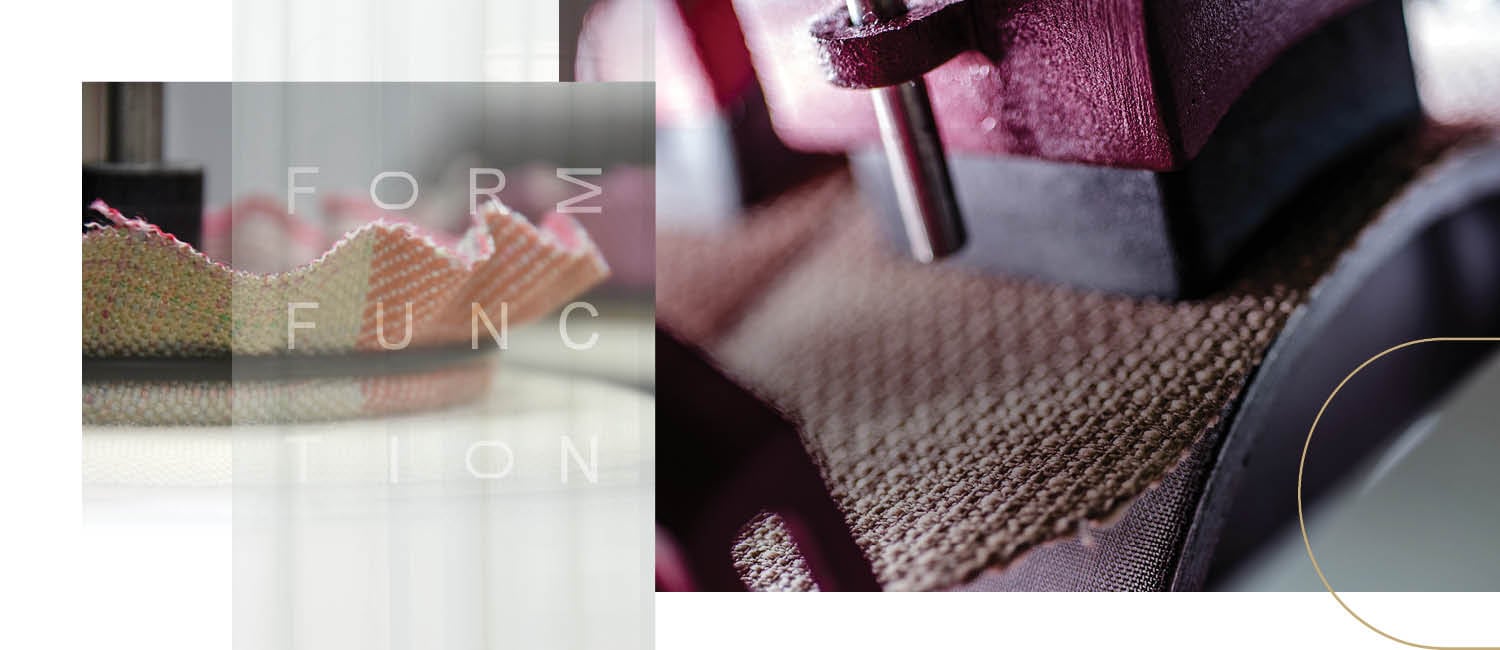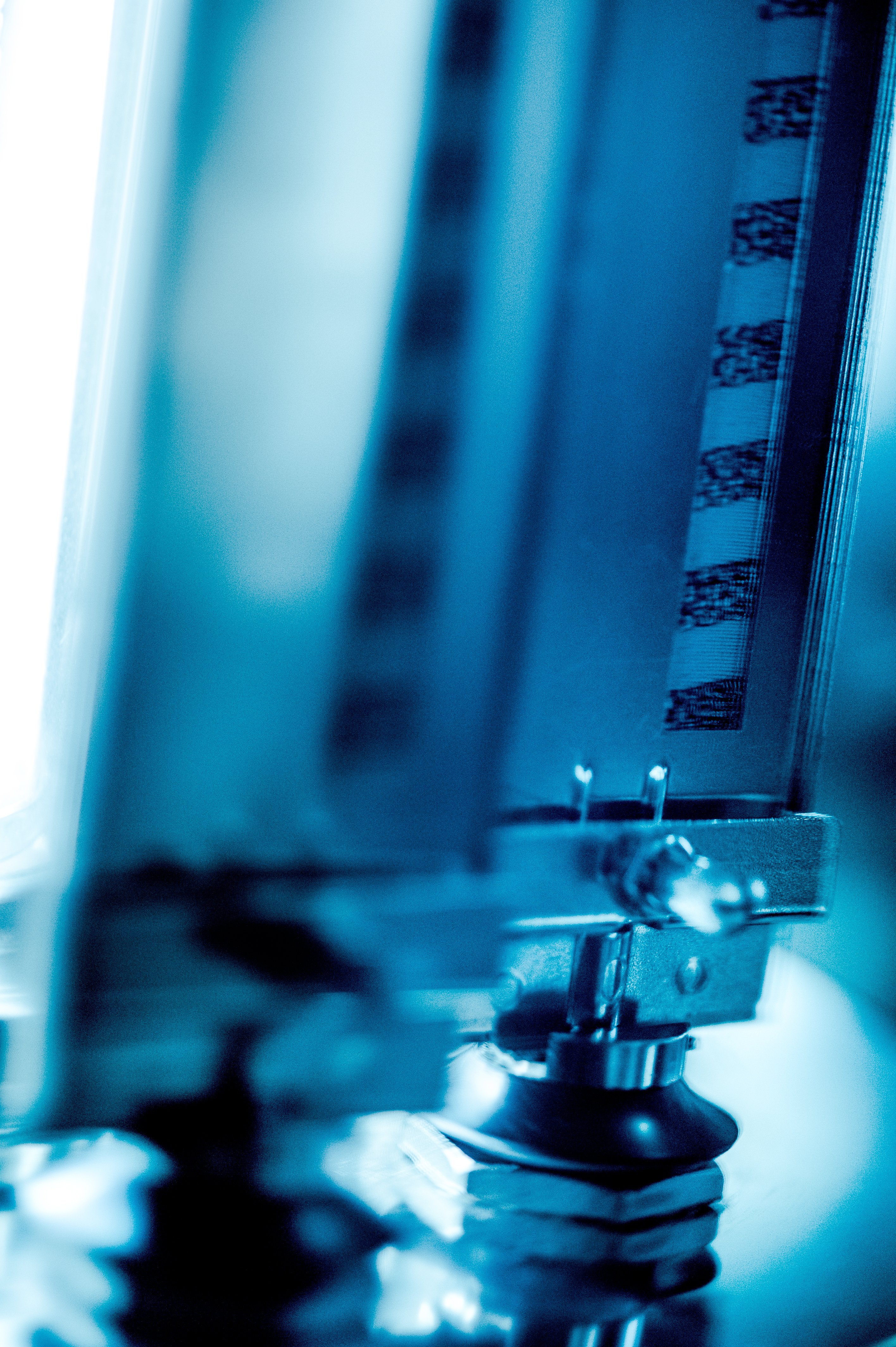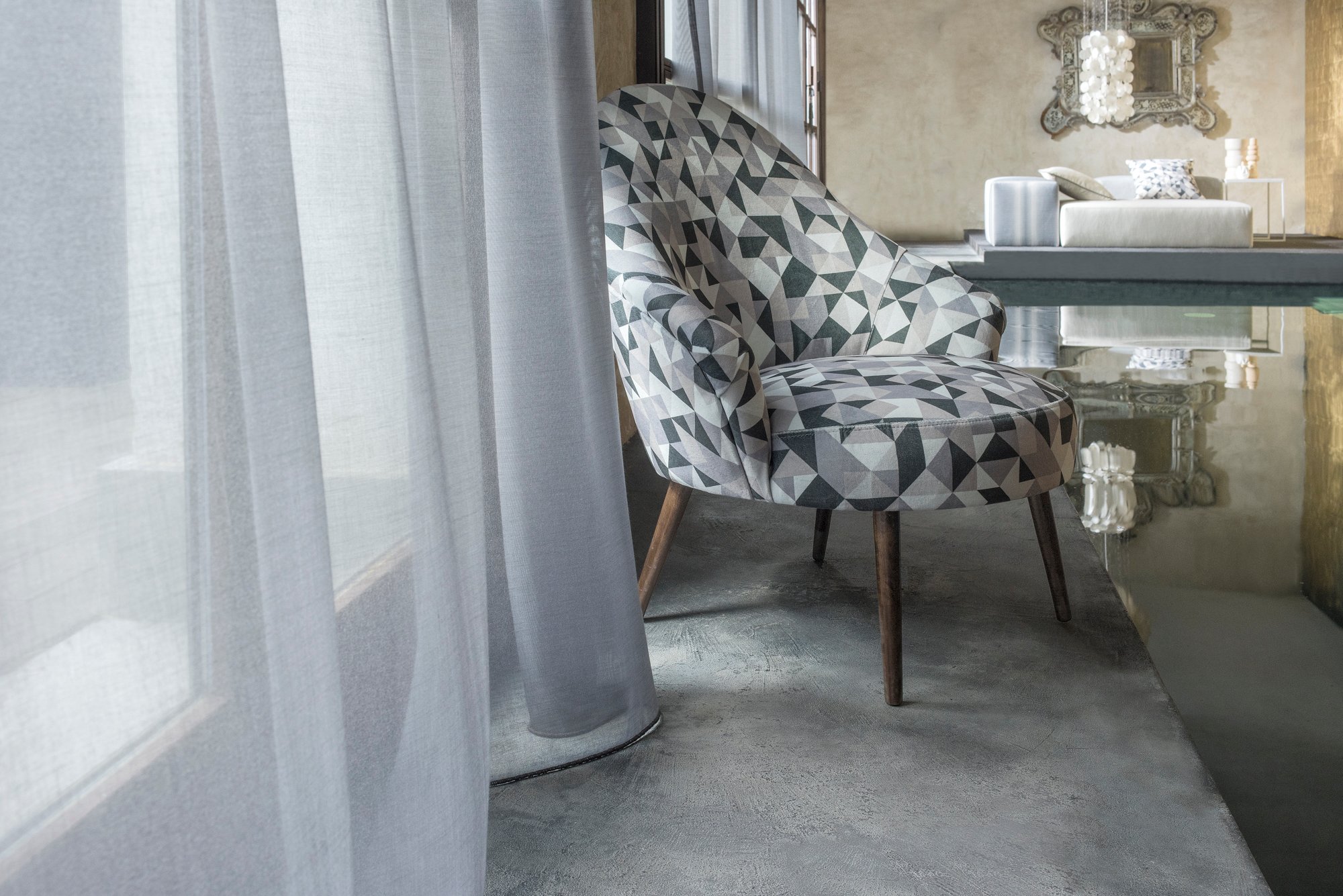When you are selecting something, you naturally want to know that it will stand up to use.
The same is true of fabrics.
Before making an investment in textiles, make sure that your prospective fabrics have undergone a variety of tests.
This will ensure that your fabrics will not only perform well at the beginning of their use, but that their quality will stand the test of time.
‘High quality’, after all, is not an easy standard to achieve. For fabrics, ‘high quality’ means that they have passed through a myriad of textile tests, and proven to perform.
The tests we’re looking at today are:
1. Fabric rub counts, and the Martindale and Wyzenbeek tests
2. All about fabric pilling tests
3. Washing tests: colourfastness, fibre stability, shrinkage, aspect change
4. Light fastness in textiles
Not for the faint hearted.
Beginners, please make sure to check out our previous post on textile tests: three things you need to know about upholstery fabric testing.
What is a fabric rub count?
‘Rub counts’: this is a phrase that you’ll hear time and again in the fabric industry, especially if you’re dealing with upholstery.
It’s all too easy to grow hazy on what exactly ‘rub counts’ are, never mind how many of them are acceptable and for what grade of usage.
A ‘rub count’ is the amount of rubs a fabric can withstand before it starts to deteriorate. Rubbing tests (such as with the Martindale test) are carried out in machines that rub the fabric repeatedly for set amounts of time.
Textile engineers assess the resistance of fabric to abrasion using the Martindale wear resistance test (ISO 12947-2, EN 14465).
HOW IT WORKS: Inside the Martindale machine, a fabric sample is rubbed repeatedly by a small disc of worsted wool or wire in a figure-of-eight pattern while being assessed by engineers at certain intervals.
A note on the Wyzenbeek test
The Wyzenbeek test (ASTM D4157) is mostly used in North America. Success in the Wyzenbeek test does not automatically equate to success in the Martindale test.
An important thing to keep in mind here: the Martindale test is no better or worse than the Wyzenbeek test.
It’s just a different test, in that with the Martindale test the fabric is tested under an oscillating disc in a figure-of-eight pattern, rather than just a back and forth oscillation (which is the Wyzenbeek test).
Read all about the Wyzenbeek testing on the site of independent laboratory, Labotex.
All about fabric pilling tests
Pilling is a particularly destructive form of wear-and-tear on fabrics that results in what some people call a ‘bobble’: a small ball of fibres that forms on a piece of fabric due to heavy use. You see this very often in clothing fabrics, such as jumpers or cardigans that see continuous use.
HOW IT WORKS: Fabric pilling tests (ISO 12945-2) take place in the Martindale machine. However, compared to the Martindale test, the machine now rotates its disc in a more compact motion, applying more pressure to a large surface area of fabric.
At intervals of 500, 1000, 2000 and 5000 rubs the pilling is observed and assessed by means of a pilling scale (1 to 5).
For us here at FR-One, a pilling scale grade of minimum 3-4 at 5000 rubs means that our fabric will stand the test of time.
Our fabrics also undergo a brush pilling test (ASTM D 3511). The procedure is:
1. Fabric specimens are brushed with a nylon brush
2. Then they’re rubbed against each other face-to-face
Samples undergoing a brush pilling test are assessed and graded and given a score, not unlike the pilling test.
Washing tests: colourfastness, fibre stability, shrinkage, aspect change
Water tests estimate the damage that (prolonged) exposure to moisture can do to fabrics.
These specifically include colourfast tests, ironing and washing tests and tests for dry-cleaning as well.
Properties like colourfastness are very important to study from different angles: your fabric might hold its colour well under a washing test, for example, but that doesn’t mean it’ll hold up under a rubbing test…which is why you need both.
HOW IT WORKS: First, textile engineers measure the testing fabric in both the warp and weft directions.
The fabric is measured again after washing. This washing and measurement takes place at a sliding temperature scale range.
After washing and drying, the colour of the fabric is evaluated using the grey scale (grade 1 to 5) to see if it’s changed in any way. The fabric is also re-measured to check if any shrinkage has occurred, or if the fabric’s original look has changed at all.
Good news: all collections within our new Lithology range are washable at 71⁰C.
All new 2018 FR-One collections stand up to washing at at 71⁰C (160°F).
This high temperature is the American Hospital Washing Standard (AATCC96), because after all, the best way to keep interior décor fabrics clean and free of germs is by washing at a temperature high enough to remove allergens and kill any bacteria that may be present.
Because FR-One fabrics surpass American Hospital Washing Standards, they are the go-to choice for interior designers working not only in residential settings, but also in the healthcare and hospitality sectors (including on cruise ships. FR-One is IMO certified).
Light fastness in textiles (CFL)
We perform ultraviolet (UV) testing to understand how fabrics perform under the damaging effects of prolonged exposure to ultraviolet light.
Lengthy exposure to UV rays can cause a variety of different issues when it comes to textiles.
Most people think of fading first, but exposure to UV light can damage fabrics in other ways too, such as the breakdown of the fibres, which could lead to complete disintegration of the fabric structure through reduction in the core fabric strength.
HOW IT WORKS: A fabric sample is placed in the testing chamber together with a standard blue scale reference fabric made of wool.
The Blue Scale measures and calibrates the permanence of colouring dyes.
This blue scale (consisting of eight shades of blue from dark to light) is the standard measurement tool used to record the fading of a fabric.
Both fabrics are exposed in a testing chamber to the equivalent of sunlight continuously for three months (in a simulation of the sun’s ultraviolet rays within a controlled laboratory setting).
Then they are compared to each other and rated on a grade from one to eight. The higher the rating, the better the fabric will perform to daylight.
For FR-One fabrics, a colourfastness to light of blue scale grade 4 is good, and anything surpassing this is considered excellent.
Fabulous fabrics: no shrinkage, or fading, or wearing out, or pilling
We take all international standards and regulations into account when developing our fire retardant fabrics. You want your product to be versatile and perform at its best no matter wherever it is, after all.
As a result, FR-One fabrics are tough enough to withstand all kinds of functions without them shrinking, fading, wearing out or losing their fire resistant properties.
This is our guarantee.
We also promise that your fabrics will remain as vivid and luscious as they were the first time you saw or touched them. There is no point in doing something unless you do it properly.






